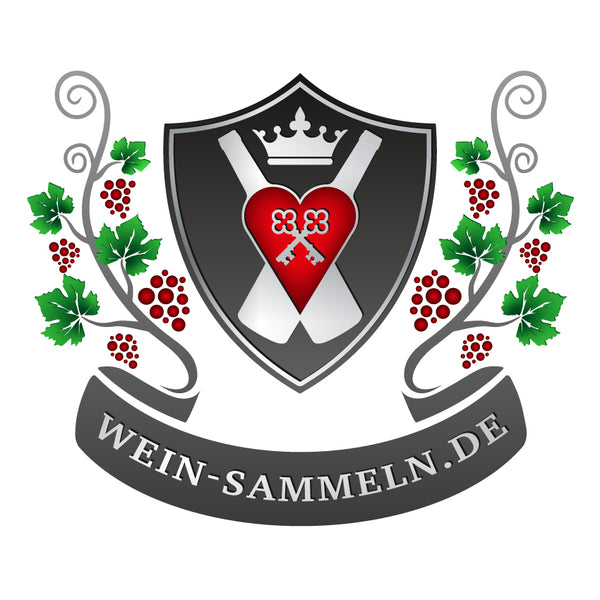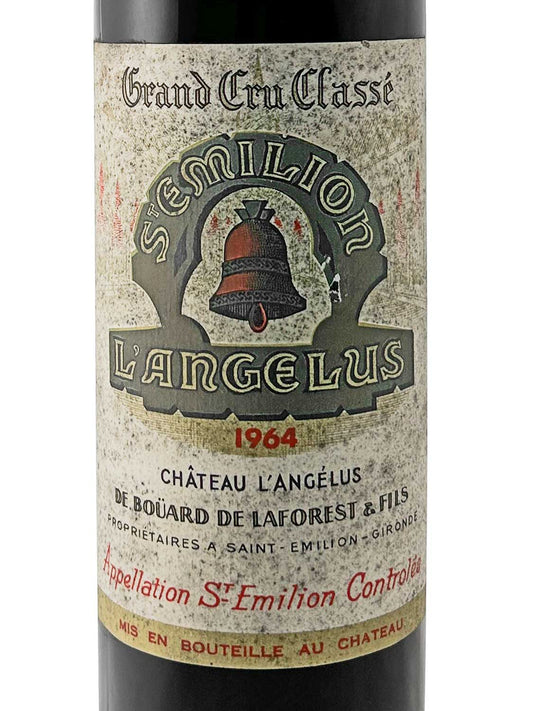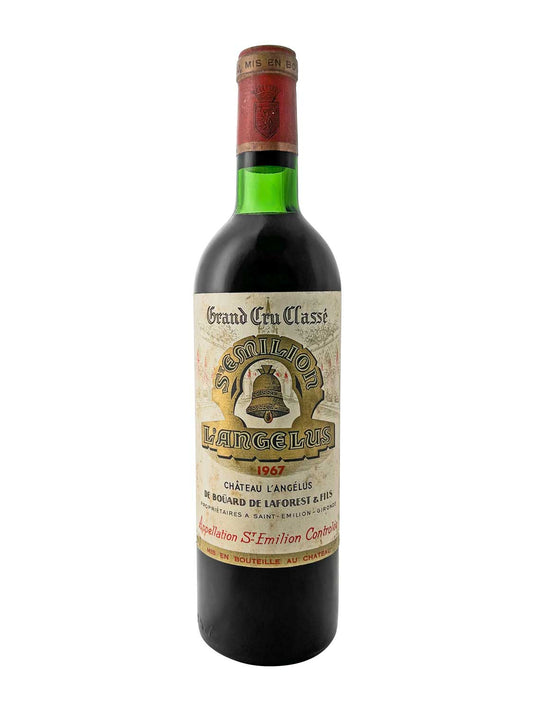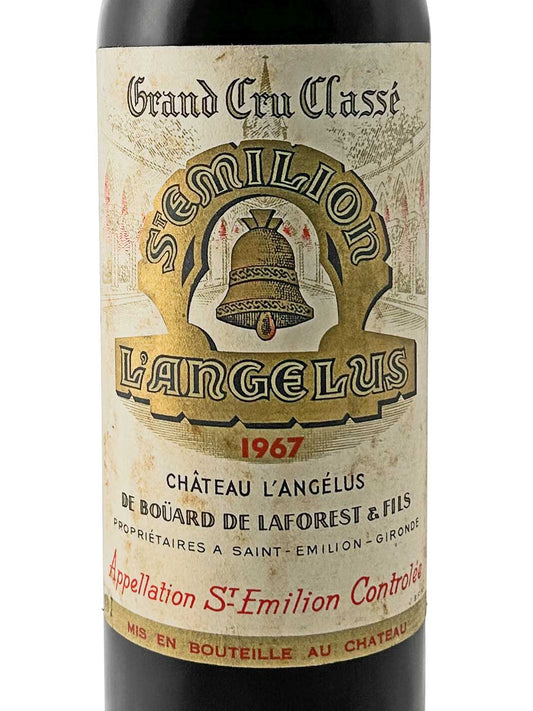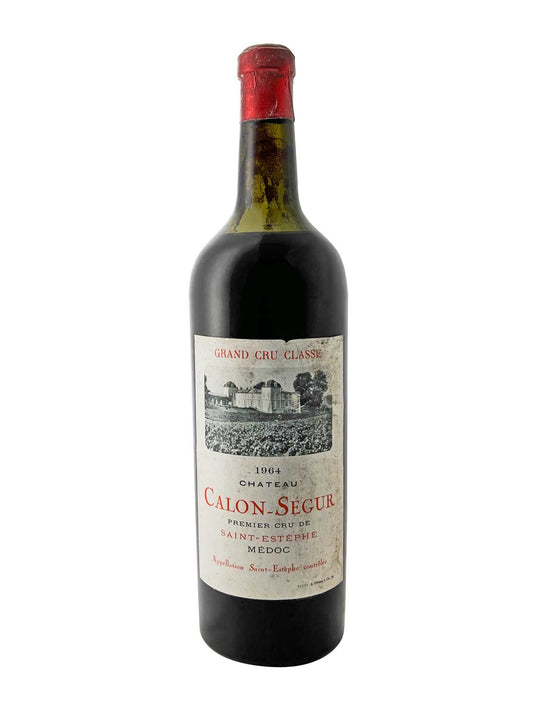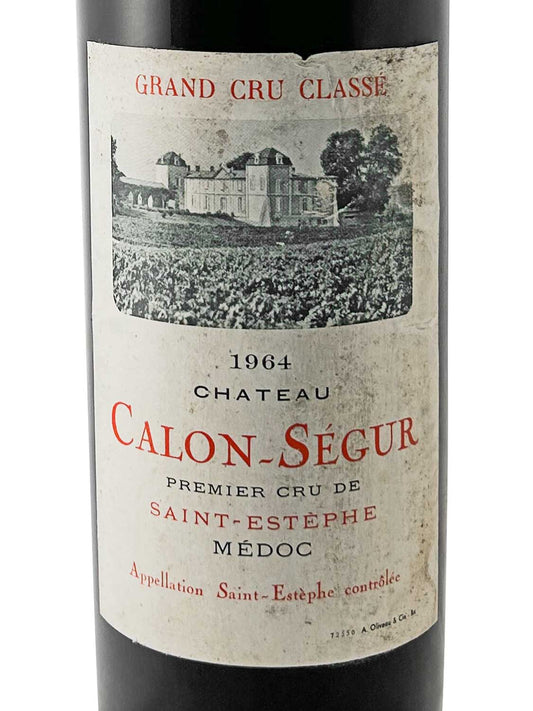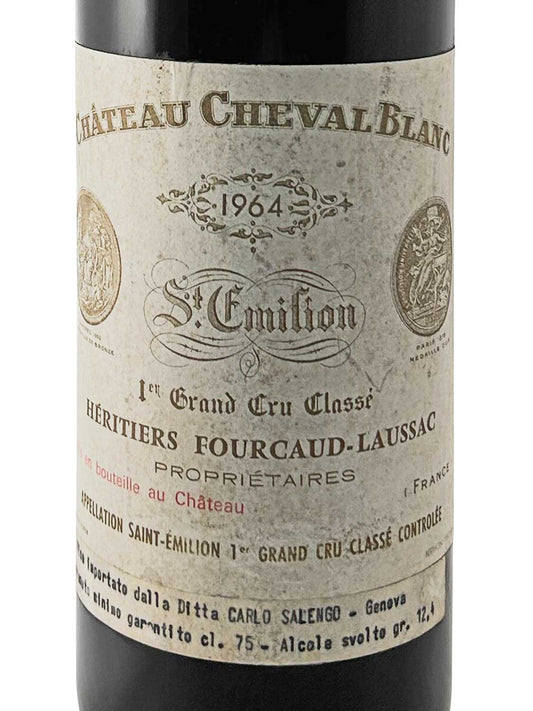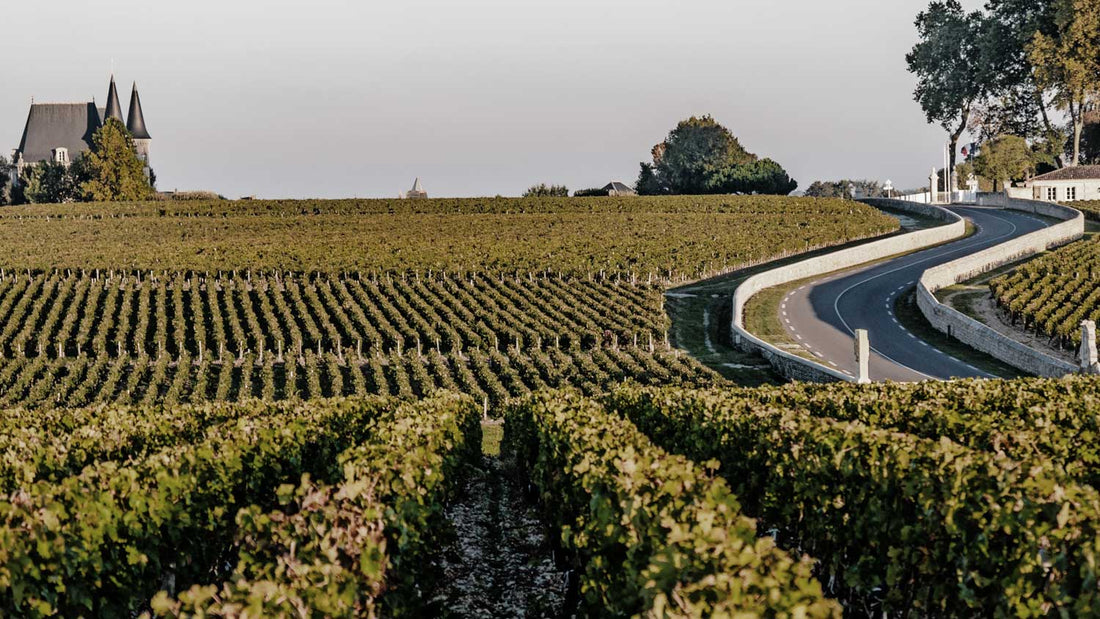
What does appellation mean in wine?
The Appellations of Bordeaux: An Overview of the Region's Wine Diversity
One of the world's most prestigious wine regions, Bordeaux is known for its exquisite wines and long tradition of winemaking. Stretching along the Garonne and Dordogne rivers, the region encompasses a variety of terroirs that produce different flavors and styles. A central element of Bordeaux wine is the system of appellations, which defines the origin and quality of the wines. In this blog post, we will explore the different appellations in Bordeaux, highlight their distinctive features, and understand why they are so important to wine collectors.
1. What is an appellation?
An appellation is a geographically defined area where certain rules apply to growing grapes and making wine. In France, the appellation system is governed by the AOC (Appellation d'Origine Contrôlée), which ensures that wines from certain regions meet certain quality standards. In Bordeaux, there are numerous appellations, each with its own regulations regarding grape varieties, yield limits and production methods.
2. The main appellations of Bordeaux
2.1 Médoc
The Médoc is one of the most famous appellations in Bordeaux, located on the left bank of the Garonne. This region is famous for its powerful red wines, made mainly from Cabernet Sauvignon. The most prestigious estates include Château Margaux , Château Latour and Château Lafite Rothschild . The Médoc is divided into several sub-appellations, including Haut-Médoc , Saint-Estèphe, Pauillac and Saint-Julien .
2.2 Graves

The Graves appellation also stretches along the left bank of the Garonne and is known for its high-quality red, white and dessert wines. The soils are made up of pebbles, which results in good drainage - ideal for growing grapes such as Cabernet Sauvignon and Merlot, and Sauvignon Blanc and Sémillon for white wines. Château Haut-Brion is one of the most famous wineries in this region. Not to forget Château d'Yquem with its dessert wine from the Sauternes appellation .
2.3 Saint-Émilion
Located on the right bank of the Dordogne, Saint-Émilion is known for its elegant red wines, mainly made from Merlot and Cabernet Franc. This region has a rich history of winemaking and was declared a UNESCO World Heritage Site in 1999. The most famous wineries include Château Ausone and Château Cheval Blanc.
2.4 Pomerol
Pomerol is a small but highly regarded appellation on the right bank of Bordeaux. It produces some of the most expensive wines in the world, with Merlot being the dominant grape variety. Pomerol wines are known for their fullness and elegance; Château Pétrus is considered the flagship of this region.
2.5 Entre-Deux-Mers
Located between the Garonne and Dordogne rivers, Entre-Deux-Mers is best known for its fresh white wines made from Sauvignon Blanc, Sémillon and Muscadelle. This region has less international fame than other parts of Bordeaux, but offers excellent wines at an often more affordable price.
3. The terroir: the key to diversity

Terroir plays a crucial role in determining the flavor profile of a wine in Bordeaux. Factors such as soil composition, climate and topography vary greatly between the different appellations:
Soil : The Médoc has gravelly soils ideal for Cabernet Sauvignon, while Saint-Émilion has clayey soils that are perfect for Merlot.
Climate : The maritime climate with mild winters and warm summers favors the cultivation of grapes in this region.
Topography : The different altitudes also influence the microclimate within each appellation.
This variability in terroir results in an impressive variety of flavors and styles within Bordeaux wines.
4. Classification systems in Bordeaux
Another important element of the Bordeaux wine market are the classification systems that define the status of certain wineries:
4.1 The Classification of 1855
The most famous classification dates back to 1855 and was created for the World Exhibition in Paris. It classifies the best châteaux of the Médoc and Château Haut-Brion from Graves into five categories (crus). This classification is still in place today and has a significant influence on the market value of these wines.
4.2 Classification of dessert wines from Sauternes and Barsac from 1855
The sweet white wines of the Barsac and Sauternes communities are classified in their own three-tiered classification. The most well-known winery representing high-quality wines is the Château d'Yquem winery.
4.3 Graves Classification of 1953
A single-level classification was created specifically for the Graves region. This distinguishes between red and white wines. All wineries in this growing region are located in the Pessac-Léognan appellation , including Château Smith Haut Lafitte and Château la Mission Haut-Brion.
4.4 Saint-Émilion classification – first introduced in 1955
In contrast to the Médoc classification, the classification in Saint-Émilion is reviewed every ten years. There are two main categories: Premier Grand Cru Classé A (e.g. Château Ausone) and Premier Grand Cru Classé B (e.g. Château Canon).
4.5 Pomerol classification

Pomerol does not have an official classification system like Médoc or Saint-Émilion; yet some châteaux such as Château Pétrus enjoy legendary status due to their quality.
5. The importance of the appellation system
The appellation system in Bordeaux has several important functions:
5.1 Quality assurance
Through strict regulations, the system ensures that only high-quality wines can be sold under the name of a specific appellation.
5.2 Protection of origin
The system also protects a wine's designation of origin; consumers can be sure they are receiving an authentic Bordeaux wine.
5.3 Promoting regional identity
The different appellations promote a sense of regional identity among winemakers and wine lovers around the world.
Conclusion: A journey through the diversity of Bordeaux
The appellations of Bordeaux are not just geographical names; they are living testimonies to a rich wine tradition with deep roots in history, culture and craftsmanship. Each appellation tells its own story through its unique character - be it through powerful red wines from the Médoc or elegant wines from Saint-Émilion.
For wine collectors, understanding these appellations not only offers a deeper insight into the world of wine, but also an opportunity to build or re-orientate one's own wine collection - a true journey through the diversity of Bordeaux!
